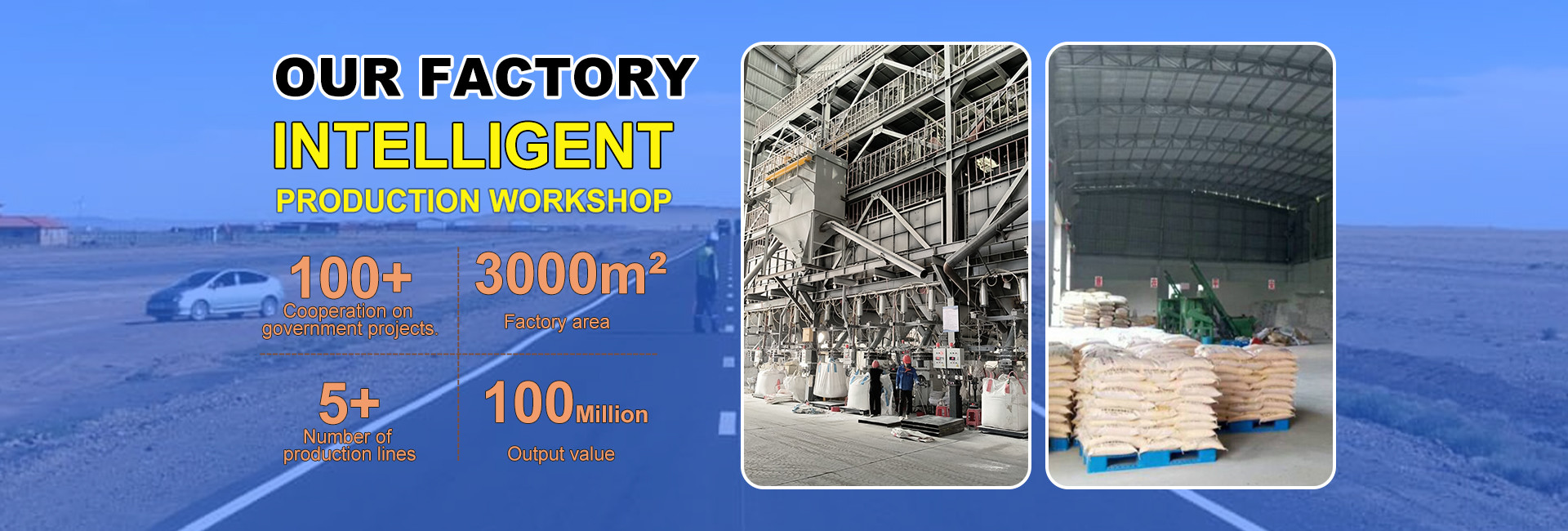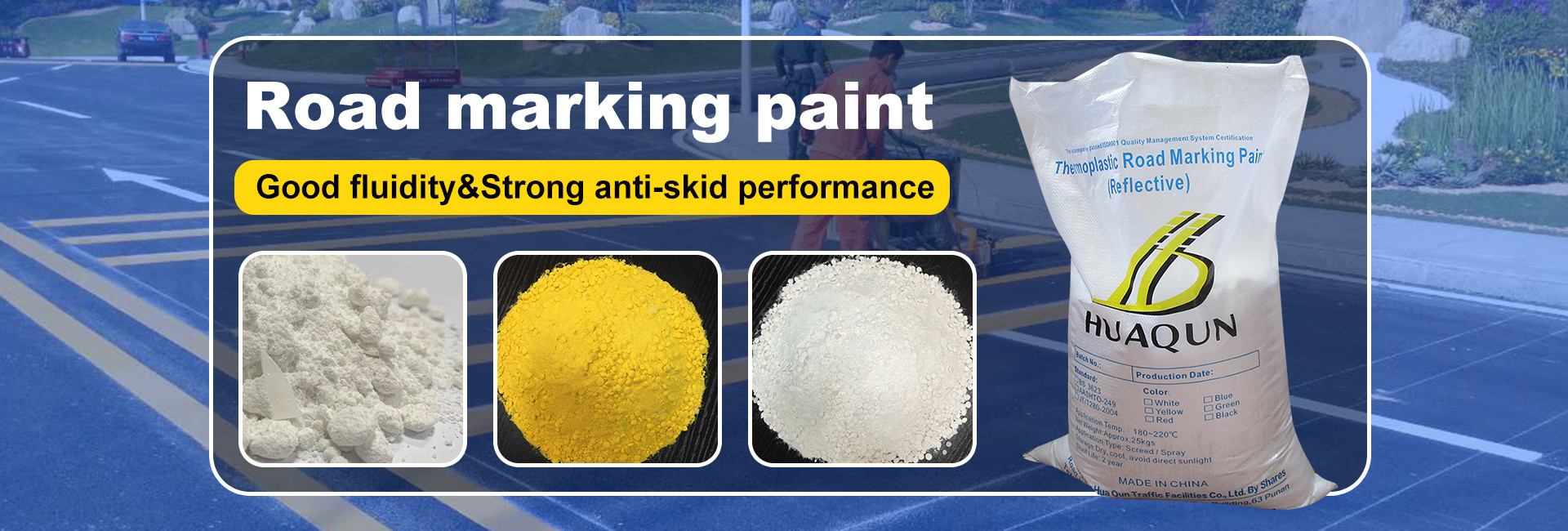What are the main components of Thermoplastic road marking paint? What are the functions of each component?
2025-05-12
https://www.road-markingpaints.com/sale-47322029-high-reflective-thermoplastic-paint-hot-melt-marking-paint-with-glass-beads-oem.html
The road markings we commonly see are usually painted with thermoplastic road marking paint, which has excellent night-time reflective performance. Its main components include:
Resin: Film-forming agent, which serves as the framework for the entire coating film, determining its performance and service life, and enhancing compressive strength.
Calcium carbonate: Filler, increasing the wear resistance of the coating. Titanium dioxide: Pigment, enhancing the whiteness of the coating and increasing the brightness factor.
Filler: Enhancing the wear resistance, anti-slip property and hardness of the coating.
PE wax: Lubricant and dispersant. It has good weather resistance, heat resistance, wear resistance and other properties. It improves the internal fluidity, surface anti-fouling, hydrophobicity and mixing dispersibility of the coating, and can also be used as a viscosity regulator.
EVA: Plasticizer, increasing the flexibility, plasticity and anti-aging properties of the coating.
Colorant: Giving the coating different colors to meet customers' requirements for the color of the markings.
Glass beads: Reflective material, improving the visibility at night, enhancing the brightness and durability of the markings.
View More
How is the wear resistance of thermoplastic road marking paint? How many times of vehicle passage or how long of wear and tear can it withstand?
2025-05-12
https://mao.ecer.com/test/road-markingpaints.com/sale-47322429-reflective-thermoplastic-road-marking-paint-high-reflective-road-line-marking-paint.html
The wear resistance of thermoplastic road paint mainly depends on its formulation and materials. Generally speaking, thermoplastic road marking paint has strong adhesion and anti-cracking ability, and can effectively resist wear on sections with heavy traffic volume. Depending on different usage environments and customer requirements, the wear resistance of thermoplastic road marking paint may vary.
• Wear resistance: The wear resistance of thermoplastic road marking paint is related to the paint itself. Adjusting the production formula and adding wear-resistant fillers such as quartz sand can enhance its wear resistance.
• Service life: On roads with low traffic volume, the normal service life of hot-melt markings is approximately 1-2 years. On highways and provincial roads with heavy traffic, the normal service life of hot-melt markings does not exceed 1 year. Especially in areas such as pedestrian crosswalks at intersections on urban roads where there is severe wear from turning and braking, the service life is about 3-6 months.
• Durability: The durability of thermoplastic road marking paint is influenced by various factors, including the construction process, material quality, climatic conditions, etc. To ensure the long-term service life of thermoplastic road marking paint, it is recommended to select the appropriate formula based on different climatic conditions and strictly control the temperature and ensure uniform mixing during the construction process.
View More
Regarding the discoloration of hot melt marking paint
2025-06-12
Color-changing problem
1. During the melting process, the temperature is too high or the bottom of the thermoplastic kneader is burned. The solution is to strictly control the temperature and clean the bottom of the thermoplastic kneader before operation.
2. The paint itself is of poor quality. It is likely that the paint has deteriorated. Before applying the batch of paint, it should be tested in a professional testing department. Only after passing the test can it be used for construction.
https://www.road-markingpaints.com/sale-47322429-reflective-thermoplastic-road-marking-paint-high-reflective-road-line-marking-paint.html
View More








